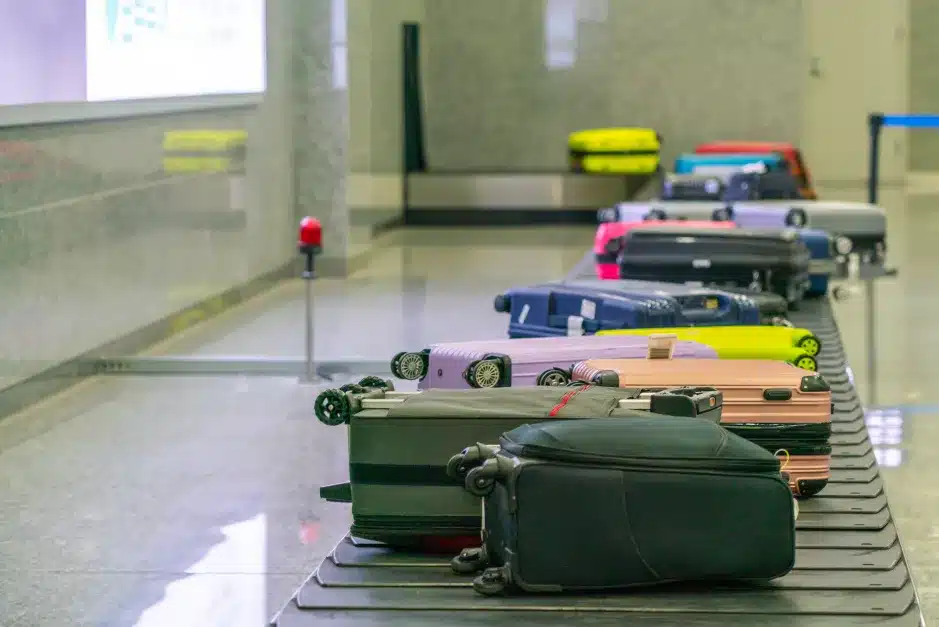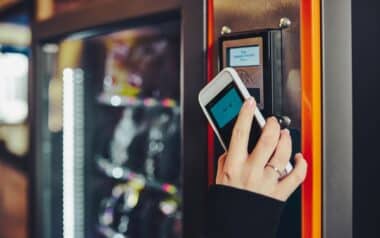The Transportation Security Administration (TSA) has introduced a new rule that bans passengers from packing power banks in checked luggage. This update, reported by The US Sun, comes after a dangerous fire incident aboard an international flight earlier this year, which was believed to have been caused by a power bank. The new ban, which took effect on March 1, 2025, highlights ongoing concerns about the safety risks posed by lithium-ion batteries, which power many mobile devices.
Despite the new restrictions on checked luggage, TSA has also relaxed some long-standing rules for carry-on items. New CT scanners being installed at several major airports now allow passengers to bring larger items through security, including medications, live fish, and fresh eggs. This marks a shift in TSA policy as they strive to adapt to evolving technologies and improve passenger convenience. However, power banks, which are commonly used to charge electronic devices during flights, remain banned from checked luggage due to safety concerns.
TSA’s New Ban on Power Banks
The TSA’s decision to ban power banks from checked luggage comes in the wake of a serious incident in January. A power bank was blamed for sparking a fire on an international flight, causing significant panic among passengers. The incident occurred during boarding for Air Busan flight BX391, and smoke quickly filled the cabin, leading to an evacuation of all 170 passengers. The fire caused extensive damage to the aircraft, which was ultimately rendered unusable. Several passengers were injured during the evacuation, underscoring the danger that lithium-ion batteries can pose when not handled properly.
In response to the incident, TSA updated its guidelines, emphasizing that “Portable chargers or power banks containing a lithium-ion battery must be packed in carry-on bags,” as posted on its website. This is in line with the advice from the Federal Aviation Administration (FAA), which has long warned about the risks associated with these batteries. “Thermal runaway can occur without warning,” the FAA cautioned in its PackSafe guidelines, referring to the dangerous process in which a battery overheats and ignites, often without any visible warning signs.
Safety Concerns and Lithium-Ion Batteries
The primary concern regarding power banks and other lithium-ion batteries is the potential for “thermal runaway.” This phenomenon can occur when a battery overheats due to damage, improper charging, or inherent defects. Once the process begins, it can lead to a fire, which is extremely dangerous on an aircraft, where confined spaces and limited resources to extinguish flames make it especially hazardous.
In response to this risk, the FAA has been clear in its recommendations: “Spare lithium-ion and lithium metal batteries must be carried in carry-on baggage only,” they stated. The FAA further stressed the importance of taking precautions to protect these batteries from short-circuiting, which can increase the chances of overheating and combustion. Passengers are encouraged to remove spare batteries if their carry-on bag is checked at the gate and to ensure that the terminals of the batteries are properly shielded to prevent accidental activation.
Changes in Carry-On Rules
While the TSA has tightened restrictions on power banks, it has also taken steps to make travel more convenient for passengers. New CT scanners being implemented at select airports, including Atlanta, JFK, and LAX, allow for greater flexibility in what can be carried in carry-on luggage. Passengers flying from these airports can now bring a range of new items, including wet batteries, live fish, biological specimens, and fresh eggs, without worrying about size restrictions.
The new technology, which uses 3D imaging to scan bags, is gradually being rolled out at some of the busiest airports in the country. This development follows the loosening of the long-standing rules around the amount of liquid that can be carried in non-checked bags. However, passengers should be aware that not all airports have adopted this technology, so travelers flying from airports that haven’t yet installed the new scanners will still be subject to the traditional 3.4-ounce liquid rule.









